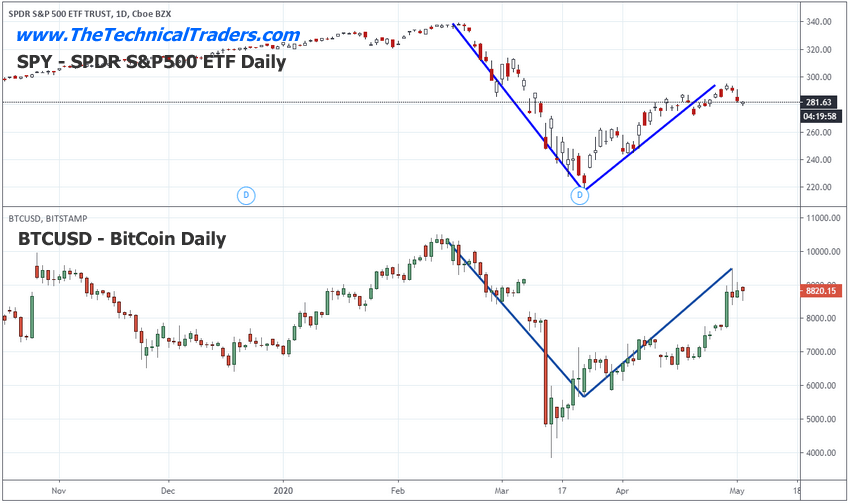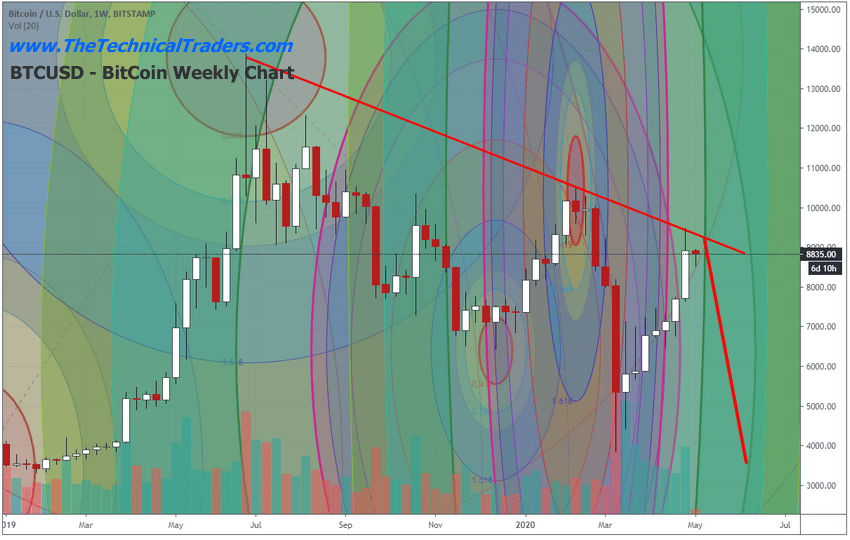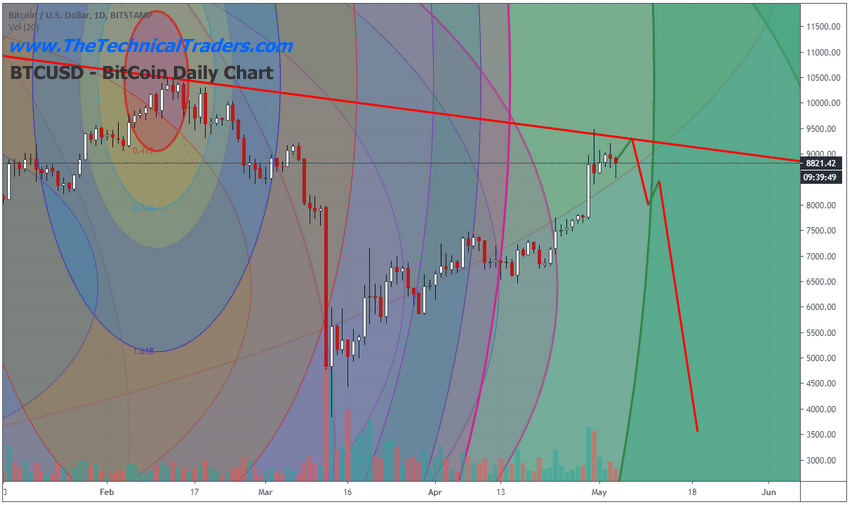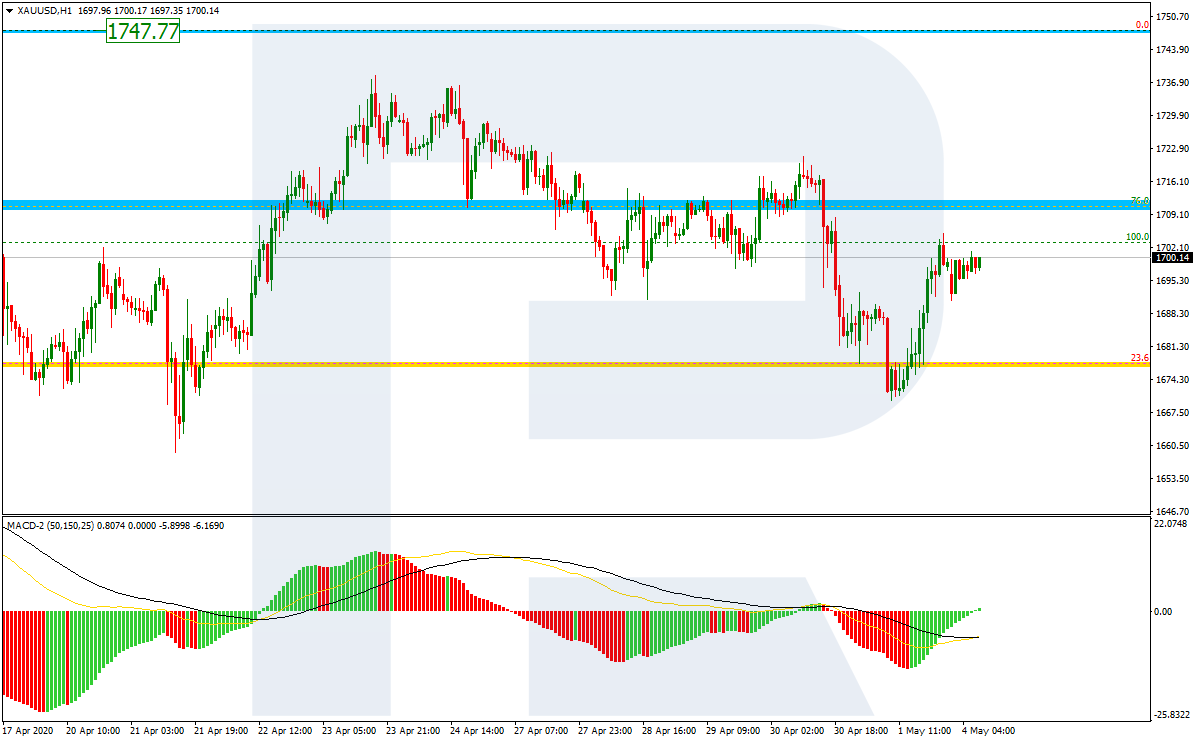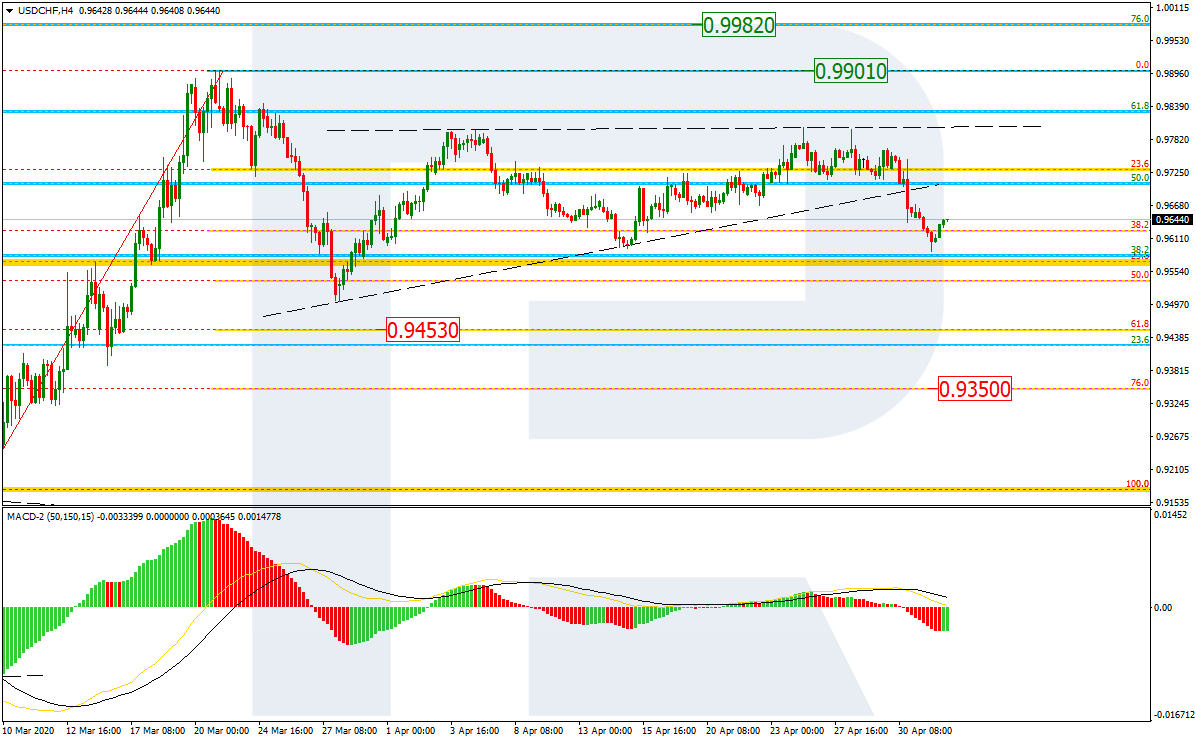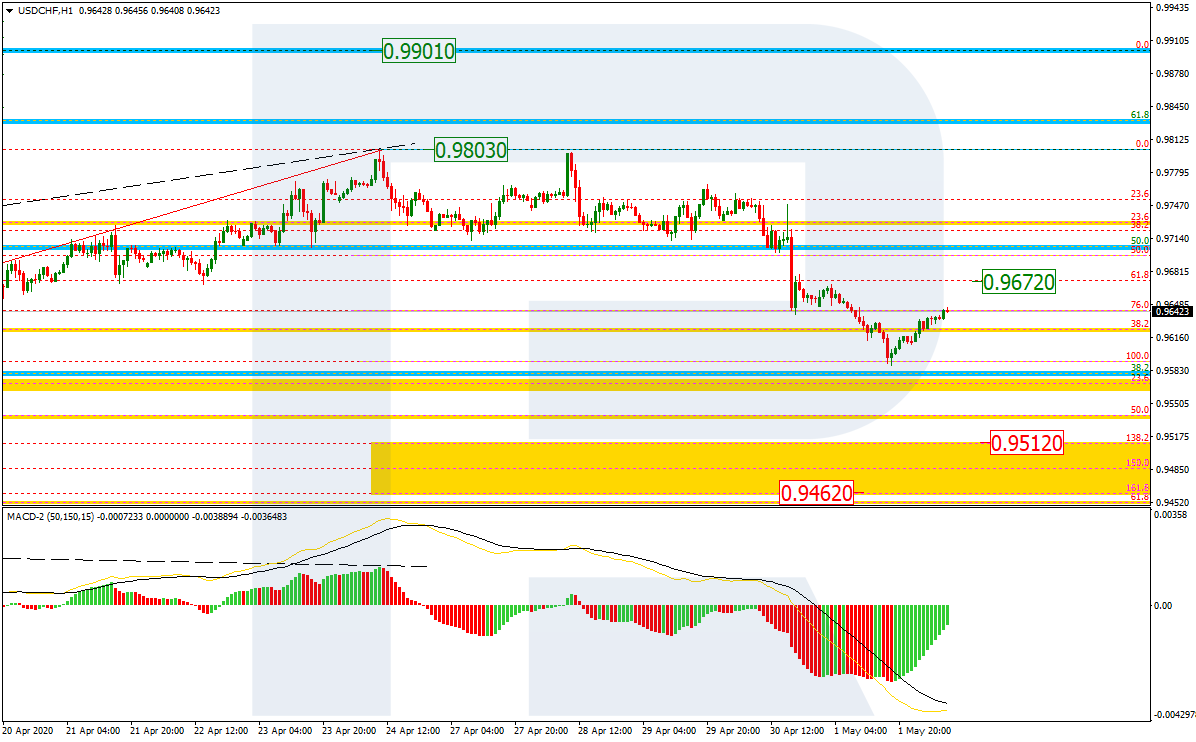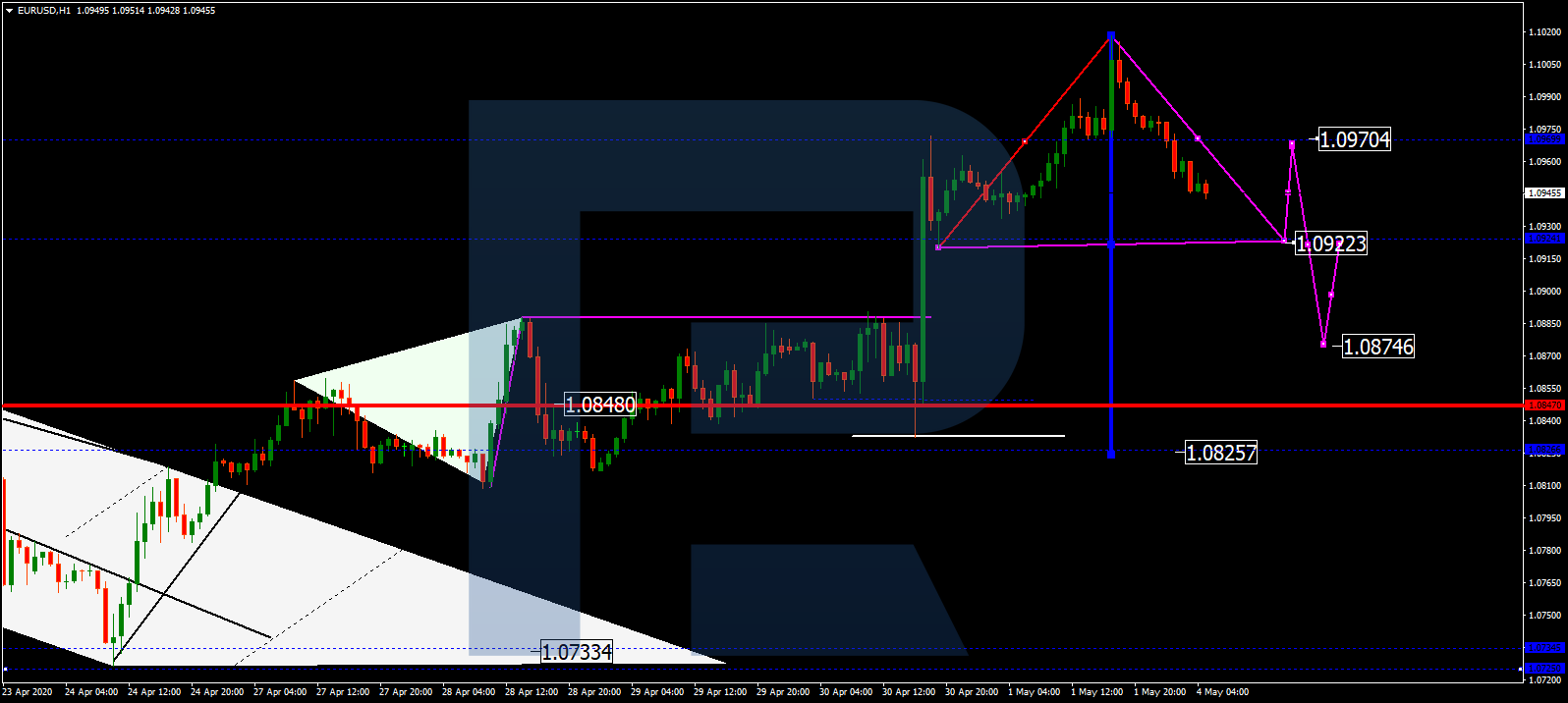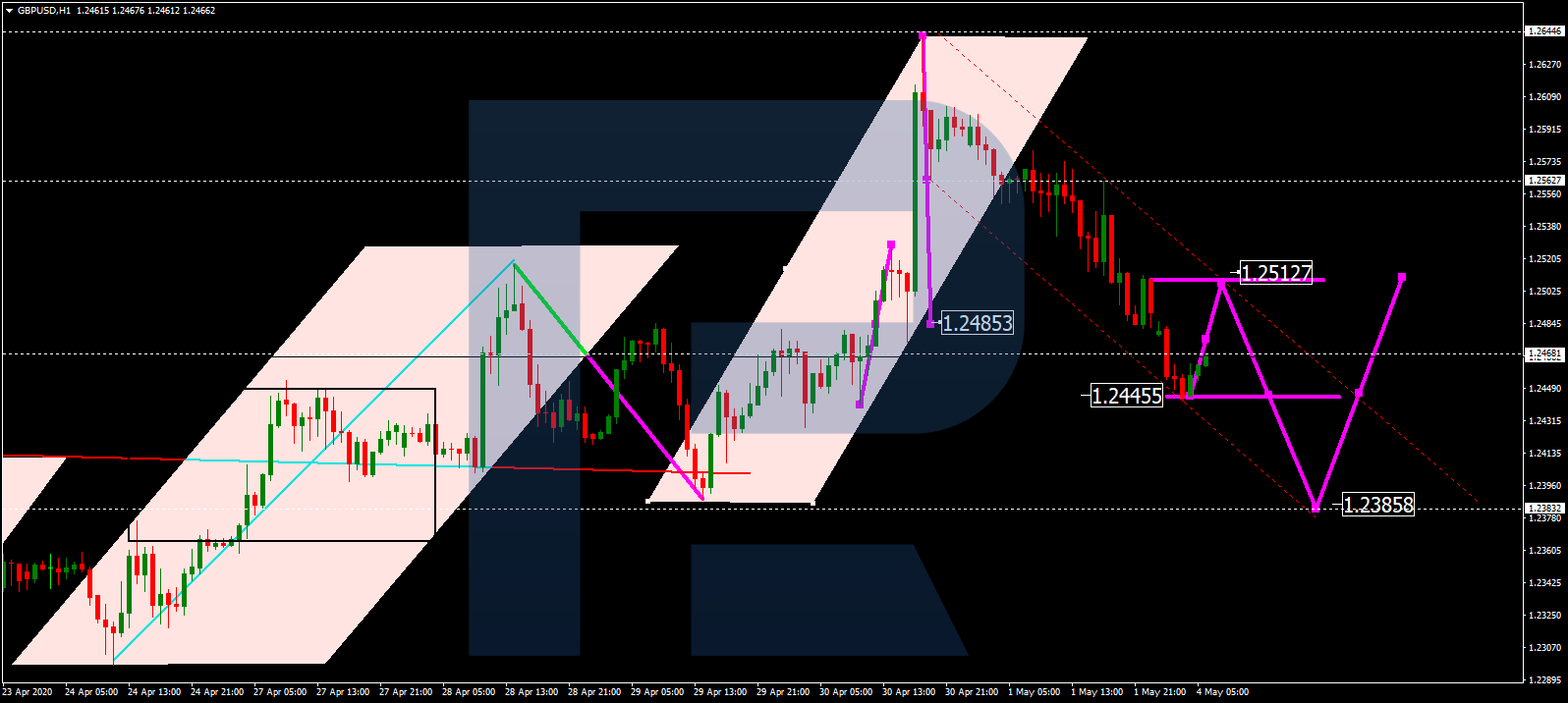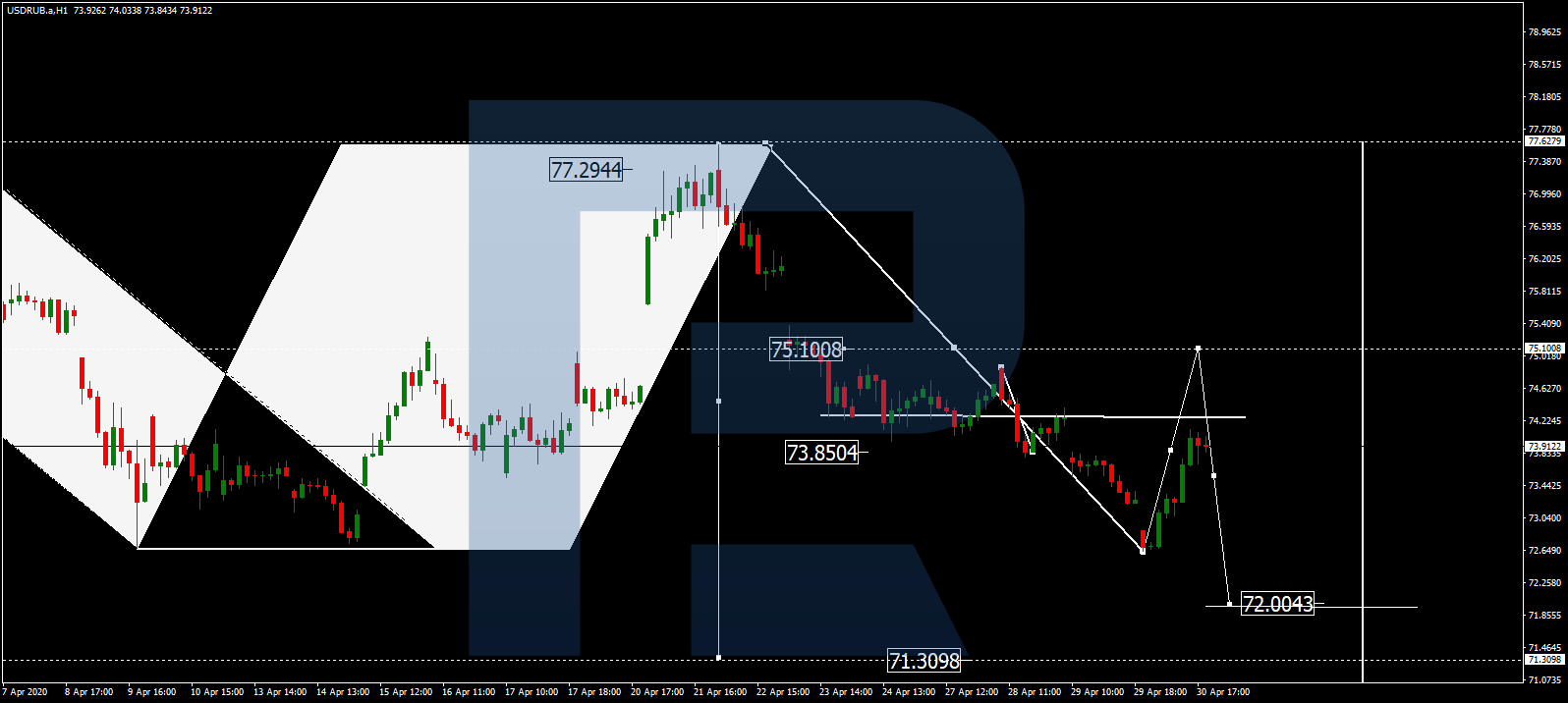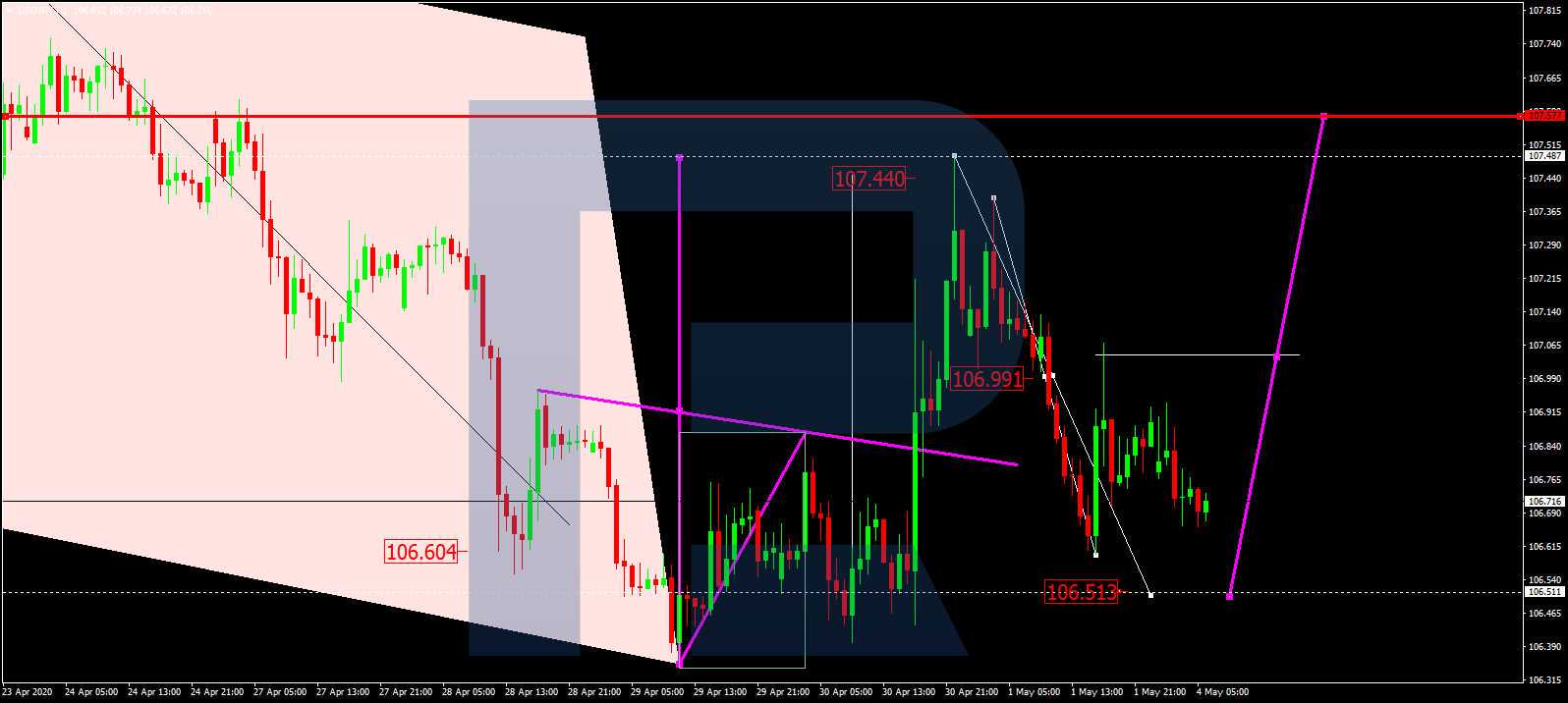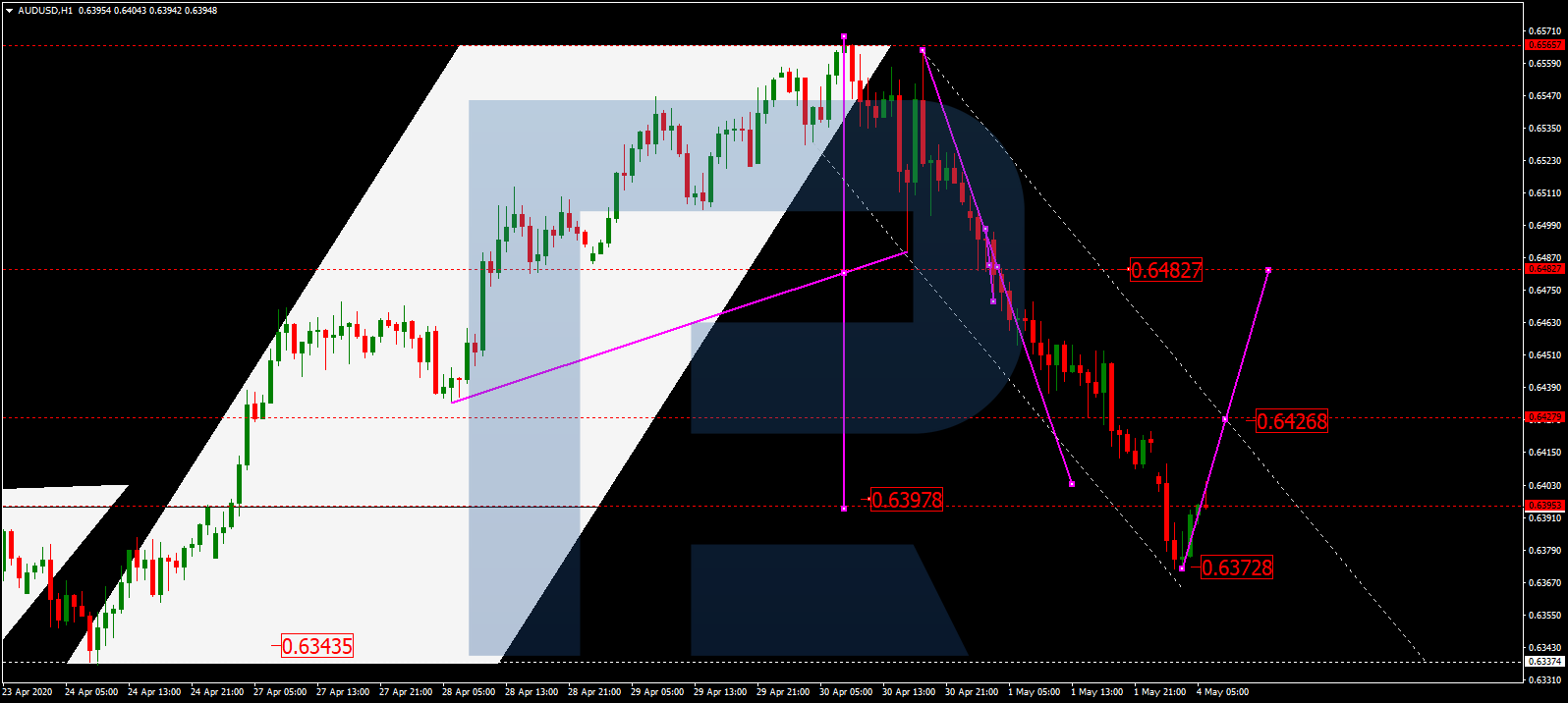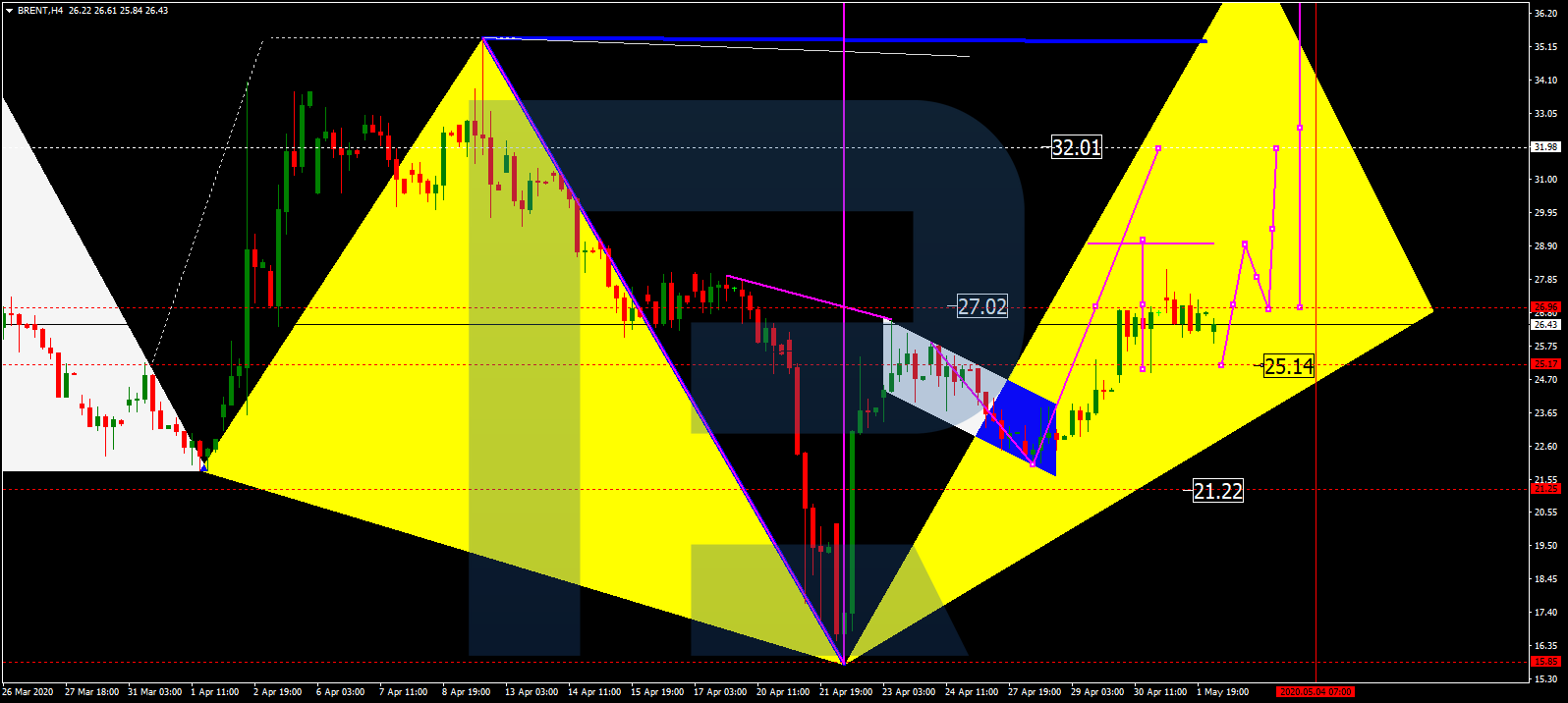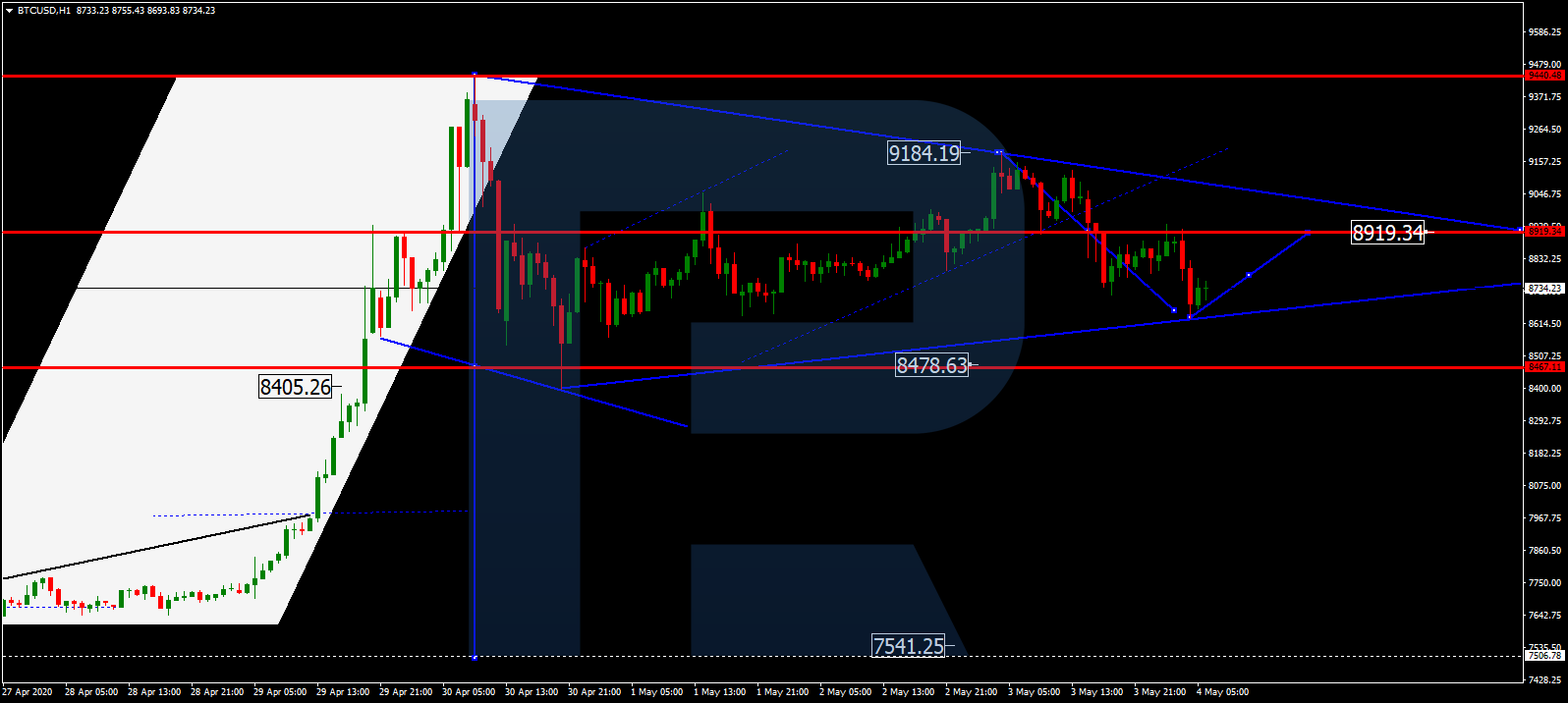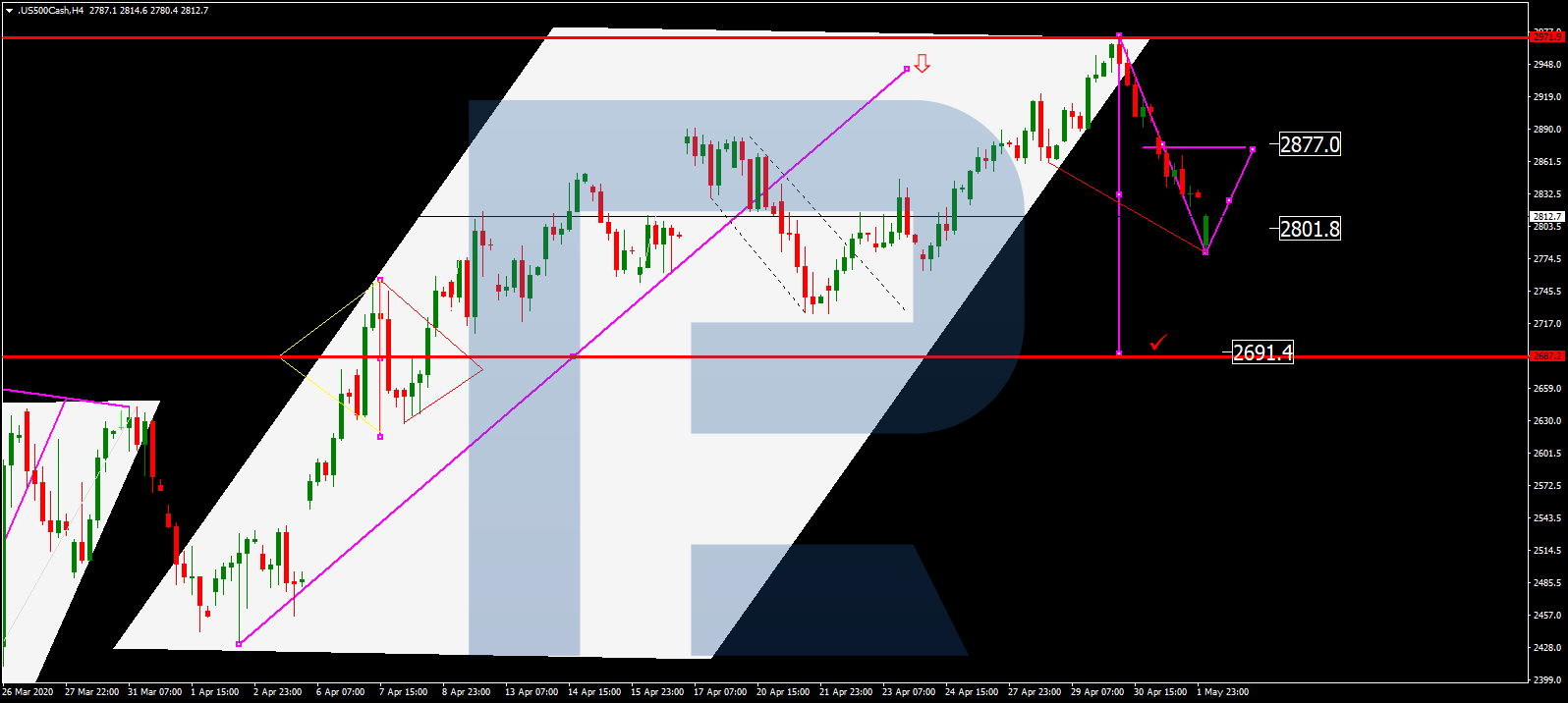By Michael Kuchar
When compared to fiat currencies, cryptocurrencies are not backed by central governments as a legal tender. Central governments state that their currency has a particular value, and the parties in a transaction trust the stated value. Most countries operate using a fiat currency system, with monetary reserves and central banks controlling their supply of money, indirectly controlling inflation. While both entities are supported by quite similar characteristics, there are some essential differences between the two.
Cryptocurrencies are purely digital in nature, and most on the other hand, have a fixed supply, therefore ensuring that the devaluation of a cryptocurrency due do inflation is non-existent. There is no middleman when it comes to transacting in cryptocurrencies, and they are fairly easy to acquire and easy. Being volatile in nature and limited in supply, the value of cryptocurrencies change frequently, making it an enticing investment opportunity to venture into for seasoned traders and amateurs alike. What exactly determines the value of cryptocurrencies though?
What are the biggest determinants of cryptocurrency prices?
As does the very basics of economics dictate, for an entity with a fixed supply possibility, and a fluctuating demand, if a cryptocurrency has a high surge in token supply at a time, but little demand for the same from users and traders, its value will drop. Similarly, if the supply of a cryptocurrency is less, but its demand is high, the value of the coin will rise.
A scarcity of supply will only end up driving up prices when the demand for that particular entity increases. This is one of the main reasons which saw the price of bitcoin soar. Bitcoin has a fixed cap of 21 million tokens, which when compared to other tokens is quite low, while its demand has soared exponentially over the years. To put it into perspective, on the 22nd of May, 2010, two Papa John’s pizzas sold for 10,000 bitcoins! As of the 30th of September, 2019, the price of bitcoin stands at $7,813.
Speculation, social media and media have a great impact on the price of cryptocurrencies as well. New developments in a particular cryptocurrency technology, a fork and an increase in popularity, all in turn may lead in the increases in value of a cryptocurrency. If a token receives negative publicity, its demand is likely to reduce, which in turn will lead to a dip in its price. If the same token were to receive good media coverage and high profile support, the price is all but certain to increase over time. To put it into perspective, cryptocurrency prices are heavily influenced by hype and emotion.
According to bitcoin CaptainAltcoin’s lending systems article, other factors that may end up having a big bearing on the eventual price of a cryptocurrency at any point of time are the usefulness of a token with respect to its utility and the underlying blockchain technology used, with respect to its usefulness in solving real-world problems. The mining difficulty of proof-of-work (PoW) tokens too could have a bearing in dictating its value. The higher the difficulty in mining, the harder it is to increase the supply of a token. This could eventually lead to upward pressure on its price when the demand for the coin is high.
Why do cryptocurrency prices fluctuate so often?
To put it into perspective, the cryptocurrency market is relatively new when compared to other trading institutions. Limited liquidity exists with respect to the cryptocurrency market when compared to other established markets. To put it into perspective, the value of all the money in the world is upwards of $90 trillion, while the cryptocurrency market cap is at $250 billion.
According to wallstrategies.com on a daily basis, cryptocurrency trading values hover at about $14 billion, while forex trades account for about $5 trillion. A major investment, or sale in the cryptocurrency world would lead to shockwaves, disrupting the market and maybe even causing it to crash, while the same would be but a mere ripple to other established trading institutions. Cryptocurrencies are sold and traded on exchanges, accounting for a single point of failure. If an exchange is hacked into and a large sum of money stolen, it can have a devastating effect on the tokens stolen, and lead to serious credibility issues. All these factors combine into fluctuating cryptocurrency prices, sometimes leading to huge surges in prices, while at other times leading to immense price dips.
Conclusion on what determines the value of cryptocurrencies
New possibilities, several options and a thin market with respect to depth makes it easy to fluctuate the price of an entity, thereby leading to its volatility. Nevertheless, the volatility of cryptocurrencies makes for interesting investing possibilities and the opportunity to earn quick money if you know what you are doing. The future holds great promise for the cryptocurrency world, with several established institutions opting for blockchain technology. Once touted a bubble waiting to burst, cryptocurrencies have taken the world by storm, and is hear for the long run.
About the Author:
 Michael is an experienced financial trader using Forex, Commodities and Cryptocurrencies. In addition to trading, he runs businesses, trains traders and develops trading technology products. His other passions are boxing and traveling.
Michael is an experienced financial trader using Forex, Commodities and Cryptocurrencies. In addition to trading, he runs businesses, trains traders and develops trading technology products. His other passions are boxing and traveling.




